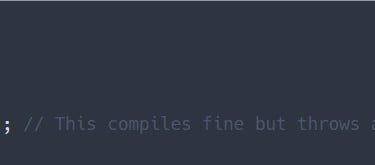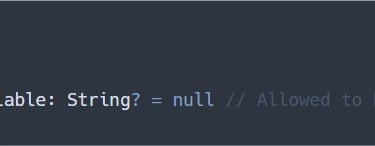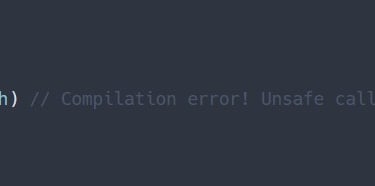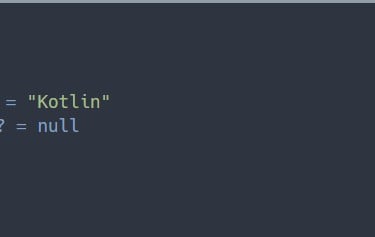Mastering Kotlin Null Safety: The Complete Guide for Developers
Introduction: The Billion-Dollar Mistake, Solved at Last
If you’ve ever programmed in languages like Java, C#, or even older ones like C or C++, you’ve probably faced the headache of the dreaded NullPointerException (NPE). These runtime errors happen when your program tries to use something that’s unexpectedly null—a reference to nothing.
Speaking at a software conference in 2009, Tony Hoare hyperbolically apologized for inventing the null reference, who originally invented the concept of a null reference back in 1965, later called it his “billion-dollar mistake.” what seemed like a simple convenience at the time turned out to cause countless bugs, system crashes, and wasted hours for developers around the world.
Kotlin, recognizing this fundamental flaw, decided to tackle it head-on. Instead of allowing nullable variables silently, Kotlin built null safety deeply into its type system. This means the Kotlin compiler helps you catch and handle possible nulls at compile time, long before your app runs and crashes.
This blog post will walk you through everything about Kotlin’s null safety system: why it matters, how it works down to the details, common mistakes developers make, and how you can write safer, cleaner, and more reliable code with it.


Understanding the Problem: Null Pointer Exceptions
In many traditional programming languages like Java, every reference variable can hold null by default. This means that you can assign null to any object reference without an error:
The above code compiles without complaint, but it will crash when run because it tries to call .length() on something that doesn’t actually exist—it’s pointing to null.
This is one of the most common sources of bugs in software, leading to unpredictable failures and system crashes.
Developers have to remember to check for null everywhere just to avoid these runtime errors, which often leads to verbose and error-prone code.
How Kotlin Tackles This Differently?
Kotlin takes a fundamentally different approach: it prevents null pointer errors at compile time, so many possible runtime crashes simply cannot happen.
In Kotlin, variables are non-nullable by default. You have to explicitly declare when a variable can hold null by adding a ? to its type:


You must explicitly handle the case where it might be null, using safe calls, Elvis operators, or other techniques.


Now, if you try to access a member on a nullable type without checking, Kotlin won’t compile your code:
Non-nullable Types (T)
These types cannot hold null. If a variable is declared as a non-nullable type, such as String, the Kotlin compiler guarantees it will always reference a legitimate object, never null. This prevents any attempt to assign null or to use an illegal null value.


With this guarantee, you can safely call methods or access properties on such variables without fear of a NullPointerException.
Core Concepts Explained
Variables declared with a question mark, like String?, can explicitly hold null. This forces you, as a developer, to consciously handle the possibility of a null value before using it.


However, Kotlin does not allow you to use nullable variables without accounting for their nullability. If you try to call a method or access a property directly, the compiler will throw an error:.


You must use Kotlin’s null-safety tools (like safe calls or Elvis operator) to access nullable types safely.
Nullable Types (T?)
Any vs Any?
● Any is Kotlin’s root type and cannot be null.
● Any? can hold null, making nullability explicit.


Key Operators and Techniques in Kotlin Null Safety
Kotlin's null safety system is more than just nullable types. It provides a powerful set of operators and language features that help you work safely and concisely with potentially null values. Let’s break down each operator, its purpose, and best practices.
1. Safe Call Operator (?.) The safe call operator lets you access properties or methods on a nullable object only if it’s not null. If the object is null, the entire expression simply evaluates to null—no crash, no exception. This feature prevents the classic NullPointerException at runtime by shifting responsibility to compile time.
Example:
Subscribe to our newsletter
© 2025, EpitomeHub® Technologies Pvt. Ltd. All rights reserved.
Services
Epitomehub pioneers digital transformation with proprietary solutions and cognitive technologies, empowering businesses through growth catalysts and outcome-focused business models.
EPITOMEHUB®
#101,block-A,
RK Estates,
Phase-III,
KPHB Colony,
Kukatpally,
Hyderabad,
Telangana-500082
